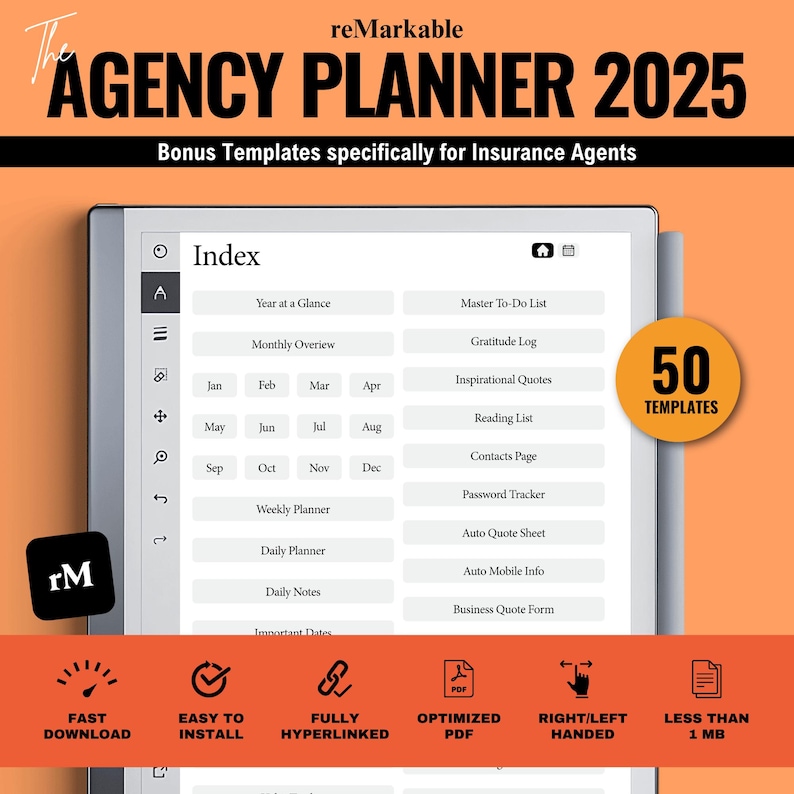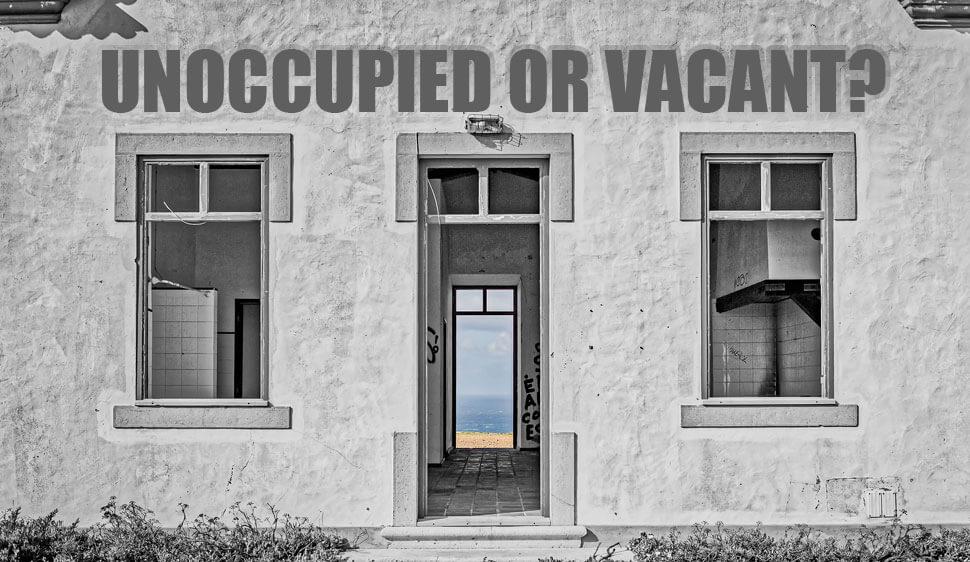Switching from homeowners insurance to vacant property insurance is a crucial step for property owners when their homes become unoccupied. While a standard homeowners policy provides broad coverage for occupied residences, it often falls short—and sometimes even excludes—protection for vacant properties. Without the right insurance in place, vacant homes are vulnerable to a range of risks, from vandalism and theft to weather-related damage, which can lead to costly financial losses. In this article, we’ll explore the key differences between homeowners and vacant property insurance, why making the switch matters, and practical steps to ensure your vacant property remains adequately protected during periods of vacancy.
Table of Contents
- Understanding the Key Differences Between Homeowners and Vacant Property Insurance
- Assessing Your Property’s Vacancy Status and Insurance Needs
- Navigating Policy Coverage Options and Exclusions for Vacant Properties
- Steps to Seamlessly Transition Your Insurance and Avoid Coverage Gaps
- Final Thoughts
Understanding the Key Differences Between Homeowners and Vacant Property Insurance
When comparing homeowners insurance to vacant property insurance, it is essential to realize that the two policies serve distinct purposes and offer different levels of protection. Homeowners insurance typically covers personal belongings, liability, and living expenses if your home becomes uninhabitable due to covered perils. However, these policies often assume the property is occupied regularly, making them unsuitable if the house is vacant. In contrast, vacant property insurance is specifically designed for homes that are unoccupied for extended periods, offering protection tailored to increased risks like vandalism, theft, or unnoticed damages.
Another key difference lies in the risk factors insurers consider. Vacant homes pose a higher risk because problems such as water leaks or break-ins may go unnoticed longer, resulting in more damage. Therefore, vacant property insurance policies usually come with stricter underwriting guidelines and may require:
- Regular property inspections
- Enhanced security measures
- Limitations on covered perils
Understanding these nuances is critical before initiating a switch to ensure you maintain adequate coverage without unexpected gaps, especially during times when your property remains unoccupied.
Assessing Your Property’s Vacancy Status and Insurance Needs
Understanding whether your property qualifies as vacant is a critical step before transitioning your coverage. Many insurers define a vacant property as one that is unoccupied and lacking personal belongings or furnishings for a specified duration, often 30 to 60 days. To assess your property’s status accurately, consider the following aspects:
- Duration of vacancy: Determine how long the property will remain empty.
- Occupancy status: Confirm if anyone is residing or using the property periodically.
- Personal property inside: Identify whether furniture or valuables remain on-site.
- Maintenance routines: Check if the property is regularly maintained or monitored.
Once you’ve established that your property fits the vacancy criteria, it’s essential to evaluate your insurance needs meticulously. Vacant property insurance typically addresses risks that standard homeowners policies exclude, such as vandalism, water damage due to unchecked plumbing, or liability exposures in an unoccupied home. You might also want to:
- Consult with your insurer: Clarify coverage gaps and premium impacts.
- Consider additional endorsements: For protection against specific hazards linked to vacancy.
- Review your security measures: Enhanced alarm systems or boarded windows might reduce premiums.
- Plan for periodic inspections: Prevent potential claims by ensuring property upkeep.
Navigating Policy Coverage Options and Exclusions for Vacant Properties
When it comes to protecting an unoccupied property, understanding the nuances of coverage options is essential. Vacant property insurance often differs significantly from standard homeowners policies, primarily because the risks are elevated; the lack of regular occupancy can lead to increased susceptibility to vandalism, theft, and unnoticed damage such as water leaks. Many standard homeowners policies exclude coverage for vacant homes or impose strict limits on property protection once the residence is left empty for a certain period. Therefore, switching to a dedicated vacant property policy ensures tailored protection, often encompassing:
- Extended peril coverage that includes vandalism and malicious mischief.
- Liability protection for accidents occurring on the premises even when unoccupied.
- Endorsements for specific risks such as pest infestation or damage due to utility failures.
It’s equally important to recognize common exclusions within these policies. For instance, many insurers do not cover damages resulting from natural disasters unless explicitly added, or they may exclude wear-and-tear or deterioration. Some policies might also limit coverage if the vacancy exceeds a stipulated time frame without prior notification. Proactively discussing these exclusions with your insurer can help you customize your coverage effectively, avoiding unpleasant surprises when you need protection the most.
Steps to Seamlessly Transition Your Insurance and Avoid Coverage Gaps
Begin by conducting a thorough review of your current homeowners policy and identify its expiration date. Contact your insurer well in advance—ideally 30 to 45 days before the policy ends—to discuss transitioning options to a vacant property insurance plan. This timeframe allows for ample negotiation, underwriting processes, and ensures no lapse in coverage. During this period, gather all necessary documentation related to your property’s vacancy status, maintenance routines, and security measures, as these details significantly influence your new policy’s terms and premiums.
Next, create a clear checklist of your insurance needs and confirm the scope of coverage offered by the vacant property policy, especially protections against vandalism, fire, and liability risks. Utilize this checklist to compare multiple insurance providers and their policy offerings. After selecting a provider, schedule the new policy to become effective on the day following your existing homeowners policy expiration. Finally, keep records of all communications and confirmations from your insurer, and continuously monitor your property’s condition to uphold policy requirements and avoid unexpected claim denials.
Final Thoughts
Making the switch from homeowners to vacant property insurance is a crucial step in safeguarding a property that’s no longer occupied. While it might seem like a simple change, understanding the nuances and ensuring you have the right coverage can save you from costly risks down the line. Take the time to review your policy options carefully, work closely with your insurance agent, and stay proactive in managing your vacant property. In doing so, you’ll have peace of mind knowing your investment is protected, no matter the circumstances.






